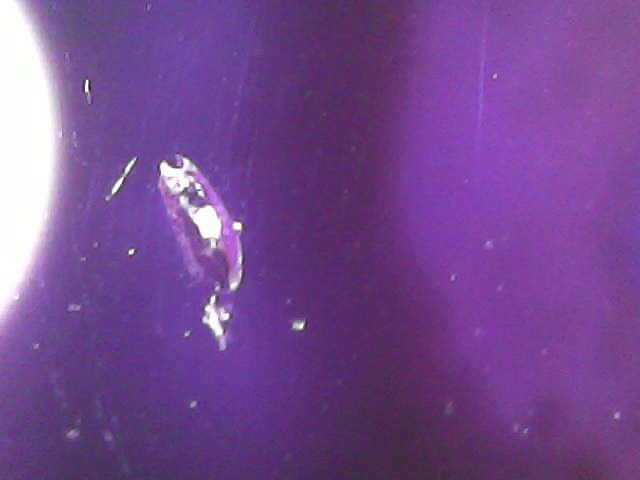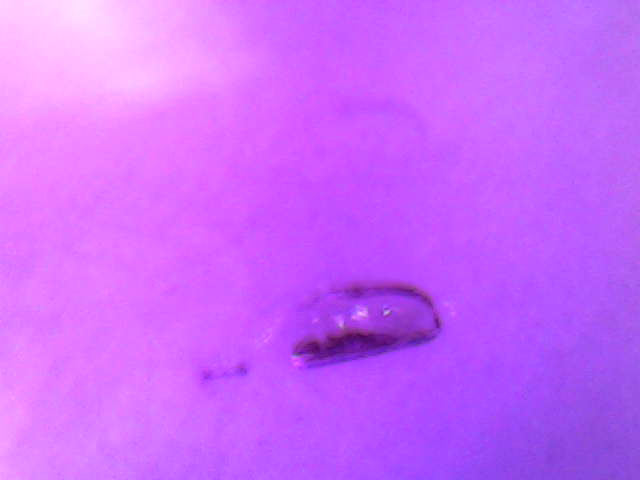We came across this gem, we would like your opinions. Now our problem is that we have had gems that we know our what we say they are, yet we get a conflicting report. We have sent gems off to be tested and they have either replaced the stones or have said it cannot be because of size
r example my business partner is London the other week, a well known gem lab showed her CZ and said they had to replace them, my business partner said “I think you will find they are diamonds”, this was with no equipment and they said “No” but ran off to get them tested and low and behold diamonds. She also got the gem I’m about to show you, checked out and the lady said synthetic as she could see 3 wavy growth lines. What do you guys think, these are microscope pics, where you can see straight striations, a two phase inclusion and some minerals. This is a sapphire, we just need gem sleuths to help us to make a decision, Thank you all for any advice x




Meant to say it has absorption bands in the spectroscope, 2 in dark blue, one light blue right where it meets with the dark blue. one weak band in the middle of the red section. It is a colour change sapphire I also meant to tell you, also fluoresces bright red under UV light
Once again thank you all x
Hello Athena, I just wanted to start by saying there is NO way to determine whether this particular sapphire is natural or synthetic through pics. I’m not even going to guess. It could indeed be natural, but enhancement/treatment methods used, for example, *beryllium lattice diffusion * or the Punsiri Heating method. The latter has been used in color-change sapphires.
In the 3rd photo is that purple area a flash? Glass filed? What are those black globby areas?
A gemologist would have to take time and analyze the whole stone.
I’d say if the gemologist in the lab said it’s synthetic, chances are he or she is correct.
Just a suggestion, if you don’t have confidence in this gem lab and you’re second guessing their ‘results’, I’d say it’s time to find another gem lab.
Check out the
Asian Institute of Gemoogical Sciences
Nobody knows sapphires/rubies/treatments/synthetics like the Thais.
Compare what you see in your micrroscope with their natural and synthetic inclusion thumbnails
Lotus Gemology out of Bangok is a great site also
Cheers
What type of UV light was used to witness the fluorescence?
Please review the section on reaction to UV.
Use 30X magnification range to verify type.
If Diamond use the standard testing methods but expect not all tests to be created equal.
In my opinion always submit to the Labratory should you need verification. Might solve issue before issue arises.
Hi,
It is hard to tell from the pictures…
Good information can be found here https://www.gia.edu/gems-gemology/summer-2017-inclusions-sapphire
Cheers
Stef
Use conductivity test device prior to submission.
If sapphire or corundum generally spikes above 9.
If corundum material then try using a refractometer for spectral analysis.
Defer to GIA for spectrum results.
Conundrum resonates around 1.75 via + or minus few.